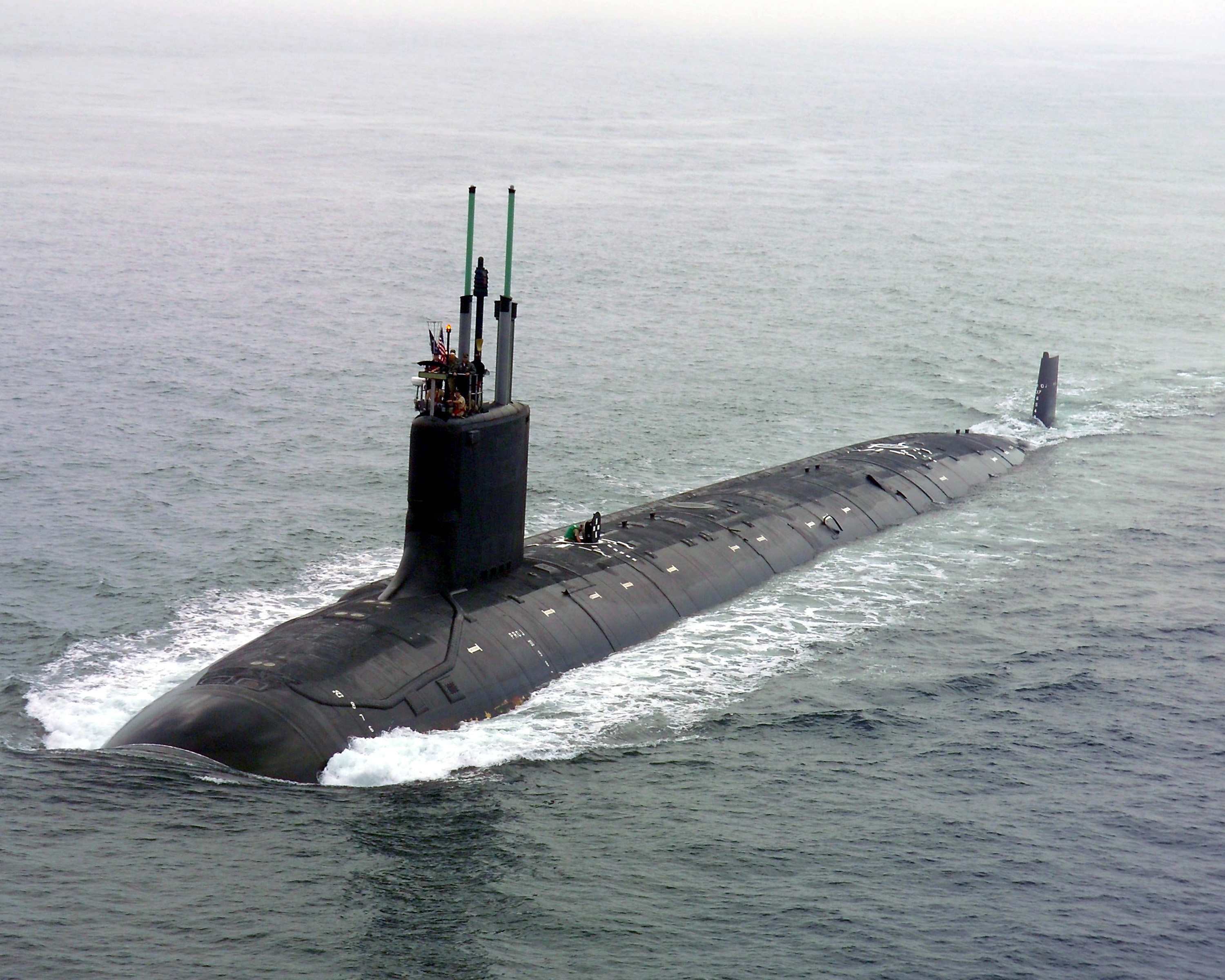
As a result, these were among the first ships the Navy jettisoned-and by the bushel full. With the fall of the Soviet Union, the need to escort convoys across the pond evaporated in an instant. To wit: the high point of the 600-ship Navy was 594 active ships on.
COST OF SEAWOLF CLASS SUBMARINE FULL
And around 1990, year over year (real) cuts to federal and defense spending were in full swing. The 1985 Gramm-Rudman-Hollings Balanced Budget Act triggered the longest post WWII defense drawdown it didn’t end until 1998. Navalists fell to their knees and prayed the US would adopt a maritime grand strategy that would help preserve the peace and sustain a large battle force around the size of the 600-ship Navy, if not larger.īut the only “grand strategy” they got was: get smaller…and the sooner the better. The reflexive political decision was to take a “peace dividend” and reduce the overall size of our military as a more “peaceful world” seemed inevitable.

It came as a strategic surprise and led to massive strategic disorientation. The end of the Cold War was, for our purposes, the Chicxulub impactor that wiped away the previous evolutionary eras. The story begins with fall of the Berlin Wall in 1989. He likened it to driving a core into an alluvial plain (don’t let your brain explode, Sal!) to look for breaks in the sedimentary layers-the times where the most consequential decisions led to sharp breaks with the past and led to new directions for evolution. It was often important to try to understand them to put the decision at hand in context. My former boss, Secretary of the Navy Richard Danzig, once told me that anytime an important decision came to him, it represented the sum total of many previous decisions.

I finally told myself to get off my ass and into the fight. I thought both left out important context.

I have been stewing since Lipton’s article came out, followed by Sal’s excellent, blistering response.


 0 kommentar(er)
0 kommentar(er)
